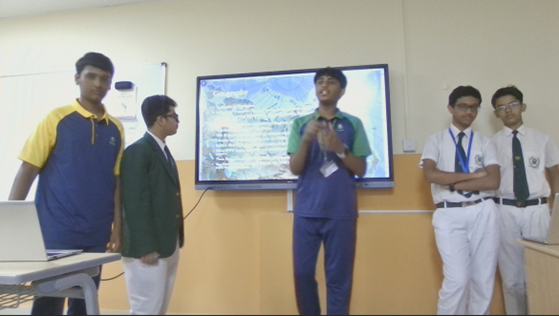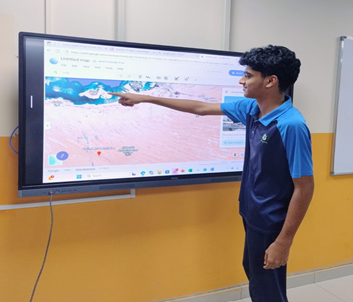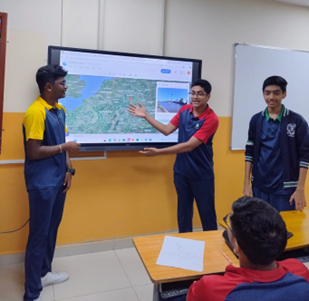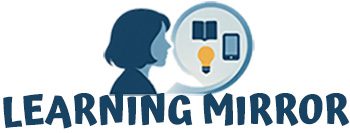
In the rapidly evolving digital era, technology has become an indispensable tool in making learning more engaging, interactive, and meaningful. As a Social Science teacher, I have always believed in creating classroom experiences that extend beyond textbooks. With this vision, I introduced the use of Google Earth as a teaching aid to enhance students’ understanding of geography and to develop their map-reading skills.
The initiative began as an effort to make geographical concepts more relatable. However, it soon evolved into a dynamic learning experience. Students enthusiastically explored diverse regions of the world, discovering the intricate relationships between geography, relief, and human activity. This interactive approach not only deepened their comprehension but also nurtured their curiosity and analytical thinking.



A particularly rewarding outcome was witnessing students take ownership of their learning. Many began creating their own Google Earth presentations and videos, tracing historical events and environmental changes over time. Through these digital projects, they were able to visualize the impact of geographical and historical processes in a real-world context.
Furthermore, integrating technology through peer teaching, digital mapping, and GIS tools significantly enhanced student engagement and academic performance. The classroom transformed into a collaborative space where creativity and critical thinking flourished alongside subject knowledge.
This experience reaffirmed my belief that technology, when purposefully integrated into pedagogy, can transform traditional teaching into a journey of exploration and discovery. By blending innovation with education, Social Science lessons have truly become windows to the world—allowing students to connect concepts with lived realities and inspiring them to learn beyond boundaries.
By
Nishat Qamar Social Science Teacher Phase 4

